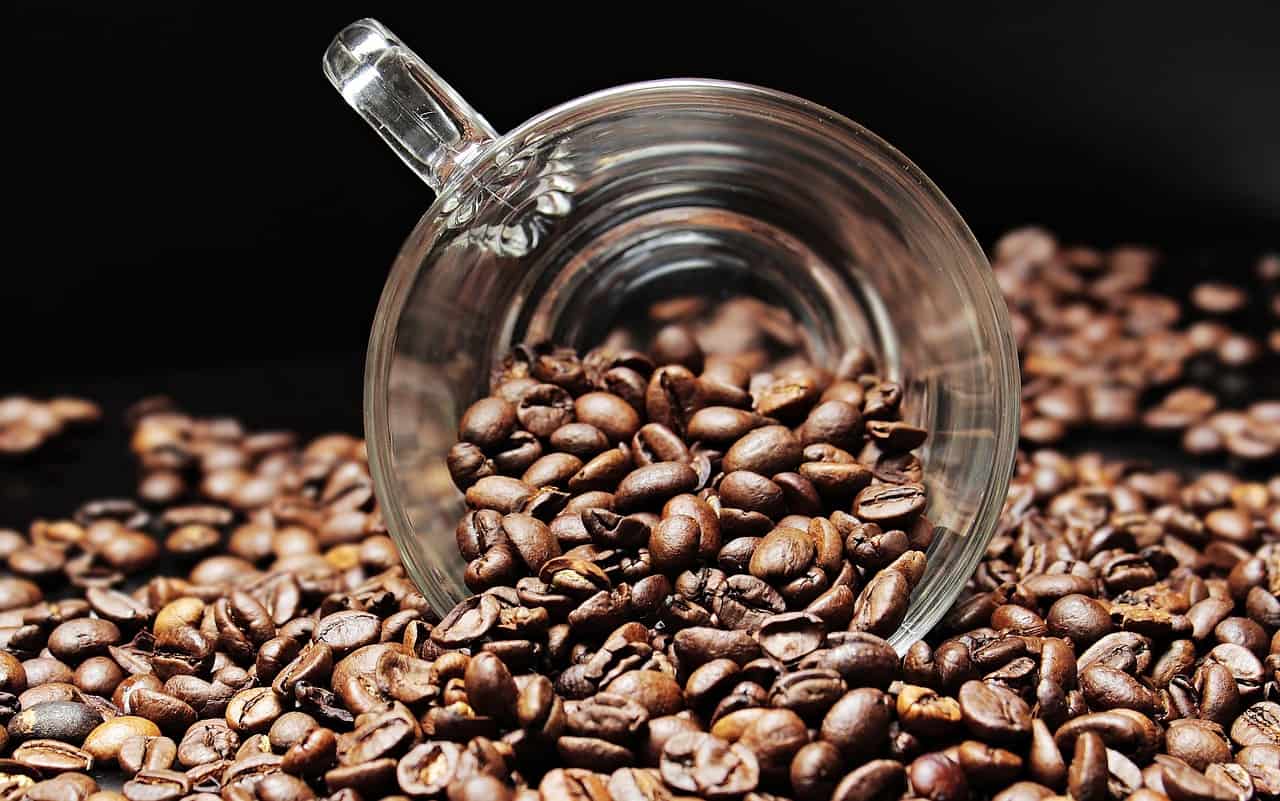
Coffee is one of the most popular beverages in the world, with an estimated 2.25 billion cups consumed every day. Whatever your preferences, one thing is certain: the roasting level of the beans plays a crucial role in determining the taste and aroma of your coffee.
Coffee beans come in different varieties and are usually roasted to varying degrees to bring out the desired flavours and aromas. The three most common roasting levels of coffee beans are light, medium, and dark roast.
Light roast coffee beans are roasted for the shortest amount of time, usually between 6-10 minutes. This roasting level results in beans that are light brown in colour and have a milder taste. The acidity of light roast coffee is high, and the flavour notes tend to be fruity and floral.
Medium roast coffee beans are roasted for slightly longer than light roast beans, usually between 10-14 minutes. This roasting level results in beans that are medium brown in colour, with a balanced acidity and a slightly sweeter taste than light roast coffee. The flavour notes of medium roast coffee tend to be nutty and chocolaty.
Dark roast coffee beans are roasted for the longest amount of time, usually between 14-18 minutes. This roasting level results in beans that are dark brown in colour, with lower acidity and a more bitter taste. The flavour notes of dark roast coffee tend to be smoky and spicy.
The roasting level of coffee beans has a significant impact on the taste and aroma of the final product. Let’s take a closer look at how each roasting level affects the taste of coffee.
Light roast coffee beans tend to have a bright and lively taste, with a high acidity that provides a refreshing tartness. The fruity and floral flavour notes of light roast coffee make it a popular choice for those who prefer a milder taste. Light roast coffee also tends to retain the natural flavours of the beans, as the roasting process does not overpower them.
Medium roast coffee beans have a more balanced taste than light roast coffee, with a slightly sweeter and nuttier flavour. The acidity of medium-roast coffee is lower than that of light-roast coffee, which makes it a good option for those who prefer a more mellow taste. The longer roasting time also gives medium-roast coffee a fuller body and a more complex flavour profile.
Dark roast coffee beans have a more intense and bitter taste than light or medium roast coffee. The lower acidity of dark roast coffee gives it a more muted tartness, which is replaced by a smoky and spicy flavour. The longer roasting time also gives dark roast coffee a heavier body and a more oily texture.
The roasting level of coffee beans is a crucial factor that affects the taste and aroma of the final product. Light roast coffee beans tend to have a milder and brighter taste, while dark roast coffee beans have a more intense and bitter taste. Medium roast coffee beans offer a balanced taste with a slightly sweet and nutty flavour.
Understanding the different roasting levels and their effects can help coffee lovers make informed decisions when selecting their preferred coffee flavour profile. Experimenting with different roasting levels and methods can also offer new and exciting taste experiences. Ultimately, the perfect coffee taste is subjective and depends on individual preferences. However, with a better understanding of the roasting process and its effects, coffee lovers can enjoy their favourite beverage even more.